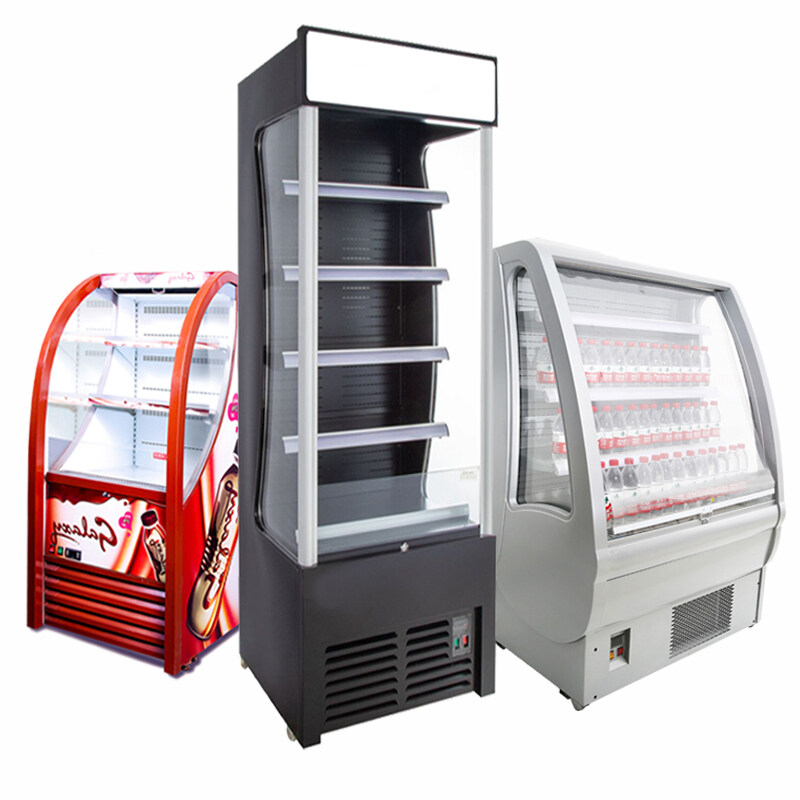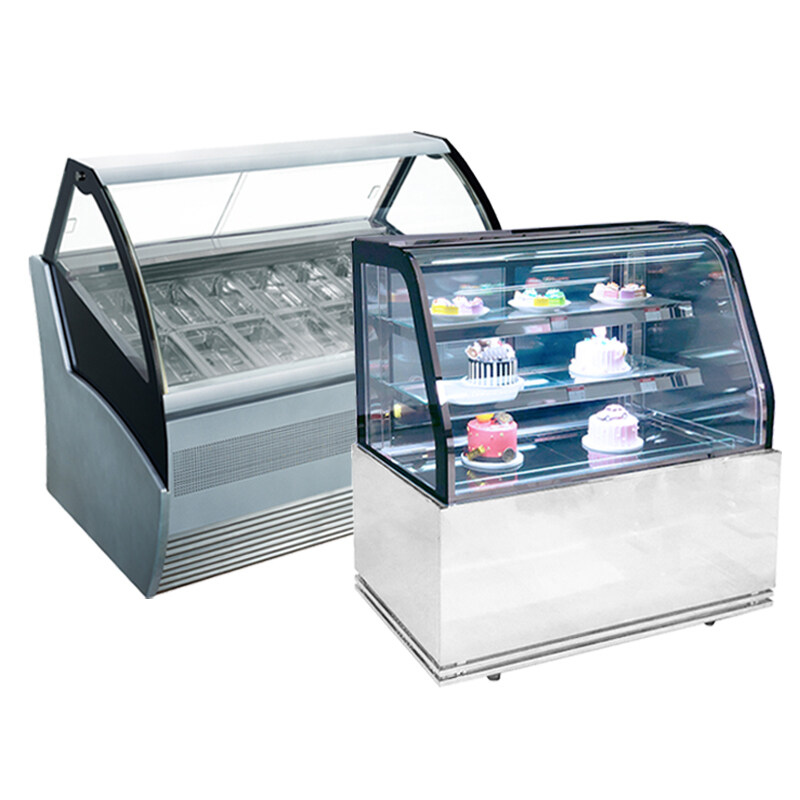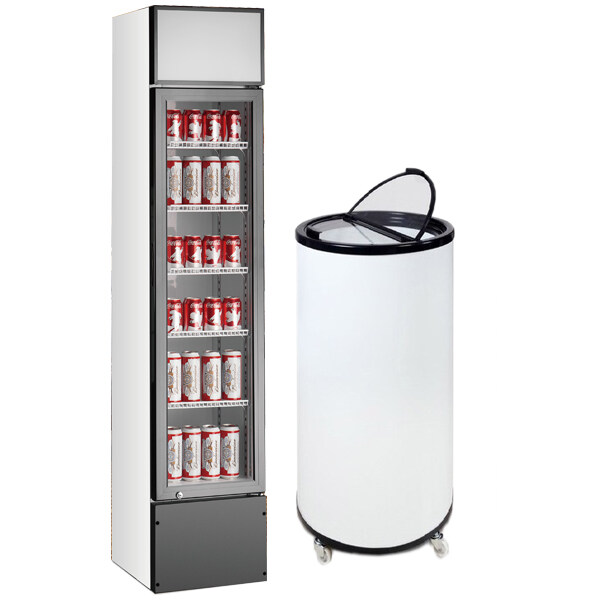How to prevent fogging of glass doors(supermarket display fridges)?
For supermarkets and convenience stores, the fog on the glass of supermarket display fridges can prevent customers from viewing their products and may reduce impulsive purchases.
Why does the glass door condense fog?
Compared with cold air, hotter air can hold more moisture. "Dew point" is the temperature at which the air cools to saturation when the water vapor content in the air is constant and the air pressure is kept constant. A glass of ice water will begin to sweat in a warm room because the air in contact with the glass is cooled to the dew point. The same thing happens when the colder surface of the glass door comes into contact with the hotter air in the building.
How to solve this problem?
Replace damaged components
A damaged door gasket may allow humid air to enter the walk-in room. This air will cool to the dew point and lose excess moisture, which will produce mist. If you have a heated door, the foggy door may indicate that you need to replace the heater wire. Some heated glass doors have anti-sweat controls and may not work properly.
Adjust thermostat
Try to raise the temperature in the walk-in cooler slightly, or raise the surface temperature of the door to a temperature that does not cause water to condense on the door. It can also be cooled by setting an air conditioner, which helps absorb more moisture from the air near the walk-in radiator. You can try using a dehumidifier to help remove excess moisture from the air.
Buy new glass door
If you are in the new glass door market, please consider buying models with heated glass or anti-fog coating. Under high humidity conditions, these coatings cause condensation to form a transparent layer instead of forming misty droplets. APEX provides a glass door model that does not sweat. Newer doors usually have better thermal insulation, which will result in a lower surface temperature and less condensate.
Why does the glass door condense fog?
Compared with cold air, hotter air can hold more moisture. "Dew point" is the temperature at which the air cools to saturation when the water vapor content in the air is constant and the air pressure is kept constant. A glass of ice water will begin to sweat in a warm room because the air in contact with the glass is cooled to the dew point. The same thing happens when the colder surface of the glass door comes into contact with the hotter air in the building.
How to solve this problem?
Replace damaged components
A damaged door gasket may allow humid air to enter the walk-in room. This air will cool to the dew point and lose excess moisture, which will produce mist. If you have a heated door, the foggy door may indicate that you need to replace the heater wire. Some heated glass doors have anti-sweat controls and may not work properly.
Adjust thermostat
Try to raise the temperature in the walk-in cooler slightly, or raise the surface temperature of the door to a temperature that does not cause water to condense on the door. It can also be cooled by setting an air conditioner, which helps absorb more moisture from the air near the walk-in radiator. You can try using a dehumidifier to help remove excess moisture from the air.
Buy new glass door
If you are in the new glass door market, please consider buying models with heated glass or anti-fog coating. Under high humidity conditions, these coatings cause condensation to form a transparent layer instead of forming misty droplets. APEX provides a glass door model that does not sweat. Newer doors usually have better thermal insulation, which will result in a lower surface temperature and less condensate.










Оставить комментарий